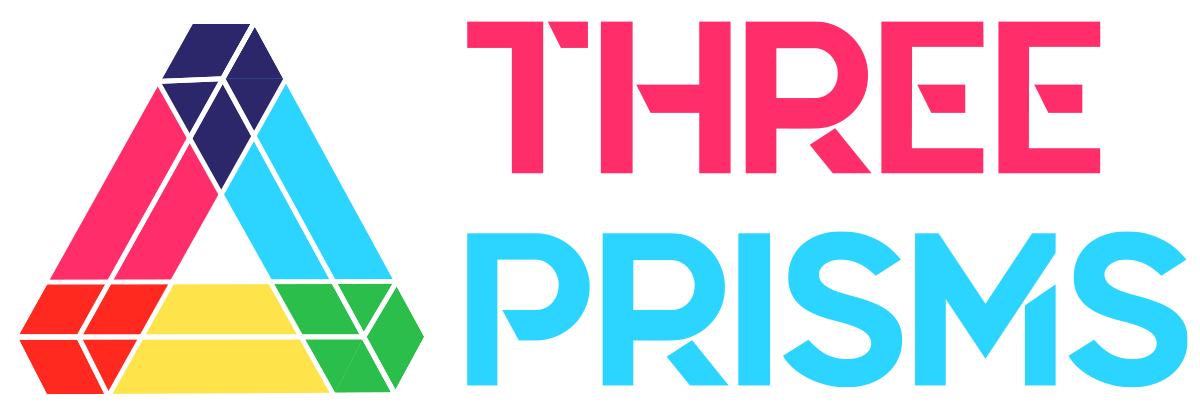Identifying
One of the best things about having lots of data points is that you can begin to discover patterns and those patterns can lead to identifying challenges or problems that need solutions. Some learning challenges are identified quickly from data gathered from your work with listening and observing, as well as from teachers and your child(ren). For example, my son doesn’t enjoy writing. He writes the least amount he can and usually writes quickly to finish the assignment. His teacher and I knew this was a challenge before the pandemic closed school, but it became even more evident to me in Spring 2020 when completing writing assignments became a recurring fight between the two of us.
Some learning challenges take longer to identify because there may be an issue going on that is a result of a deeper root problem. For example, in a focus group that I facilitated this spring with high school students, one student shared that she stopped participating in class discussions when remote learning started. She was an A student in classes, so this surprised her teachers and parents. After diving into trying to identify the reason for her lack of participation with many conversations, she shared that the content wasn’t hard for her, but the social dynamics of being in a Zoom classroom where everyone sees you and you see your own face was unnerving for her because of all the social dynamics involved in being a high school student.
Here is a great place to note that I am a big advocate of working together with children, no matter the age, to identify challenges. It gives children the opportunity to be involved in problem identification and solving, essential life skills, and gives you the opportunity to share your own experience with the same or similar challenges. We all know that life is hard, so the earlier kids can feel like they have the power to identify and overcome challenges, the better.
TRY IT: Use data you have from all your data sources, your own, teachers, and your child(ren) to highlight any challenges you notice for your child(ren). Bring what you’ve identified to a discussion with your child(ren).
Start with a check-in conversation about how your child(ren) feel school or specific subjects are going.
Share some of the data you’ve collected that connect with a possible challenge. Possible prompts:
“I wanted to share some things I’ve noticed over the past week or so.”
“I’m curious to get your thoughts. Here are some things that I’ve seen/observed over the last week about how remote learning is going for you.
Ask your child(ren) to share their thoughts and discuss what problem(s) you are both seeing and/or feeling.
Collaborate with your child(ren) to identify one learning challenge of theirs that you can all work on together.
Talk about how you’d love to brainstorm possible solutions with your child(ren) to address the identified challenge.
Next up will be a discussion about generating solution ideas by BRAINSTORMING.
Reach out for additional personalized guidance about supporting your child(ren)’s remote/hybrid learning or homeschooling.
